How to Price Interior Design Services
Are you an aspiring interior designer wondering how to set the right prices for your services? Pricing your interior design services can be a complex task, but with a clear strategy, you can ensure that your work is both profitable and competitive. In this guide, we’ll explore the steps to help you determine the ideal pricing structure for your interior design business.
Understand Your Costs
Before you can set your prices, you need to have a clear understanding of your costs. This includes both fixed and variable expenses related to your interior design projects. Some common costs to consider include:
Fixed Costs
- Office Rent: If you have a dedicated workspace for your design business, calculate your monthly rent.
- Utilities: Include electricity, water, and internet bills.
- Insurance: Consider liability insurance and any other coverage you may need.
- Software and Tools: Expenses for design software, project management tools, and other resources.
Variable Costs
- Materials and Furniture: The cost of purchasing materials, furnishings, and decor items for each project.
- Labor: If you hire contractors or assistants for specific tasks, factor in their wages.
- Travel Expenses: If your projects require travel, include transportation, accommodation, and meals.
Determine Your Desired Profit Margin
Once you’ve calculated your costs, decide on the profit margin you want to achieve. Most interior designers aim for a profit margin of 20% to 50%, depending on factors like experience and market demand. Your desired profit margin will influence your pricing strategy.
Pricing Strategies for Interior Design Services
Now that you have a grasp of your costs and profit goals, it’s time to explore different pricing strategies:
Flat Fee or Fixed Pricing
Many interior designers prefer to charge a flat fee for their services. This involves setting a fixed price for the entire project, regardless of the hours worked or expenses incurred. It provides clarity for clients and allows you to manage your budget effectively.
Hourly Rates
Charging hourly rates is another common approach. You can set an hourly rate based on your experience and expertise. Keep detailed records of your work hours and provide regular updates to the client. This method is transparent but may be less predictable for clients.
Cost-Plus Pricing
With cost-plus pricing, you charge clients for the actual costs of materials and furnishings plus a markup percentage. This ensures that you’re reimbursed for all expenses and allows for flexibility in your design choices.
Factors That Influence Pricing
Your pricing should also consider various factors that can impact the complexity and cost of a project:
Project Size and Scope
Larger projects with more rooms or intricate design requirements may command higher fees.
Client Budget and Expectations
Consider the client’s budget and the level of customization they desire. High-end clients may be willing to pay more for premium design services.
Location
Pricing can vary significantly based on your geographic location and the local cost of living.
Experience and Reputation
Experienced designers with a strong portfolio can often command higher prices.
Conclusion
Pricing interior design services requires careful consideration of your costs, profit goals, and the unique aspects of each project. By understanding your expenses, setting clear pricing strategies, and factoring in project-specific variables, you can establish competitive and profitable rates for your interior design business. Remember, pricing is not static, and it’s essential to regularly review and adjust your rates as your experience and reputation grow in the industry.

